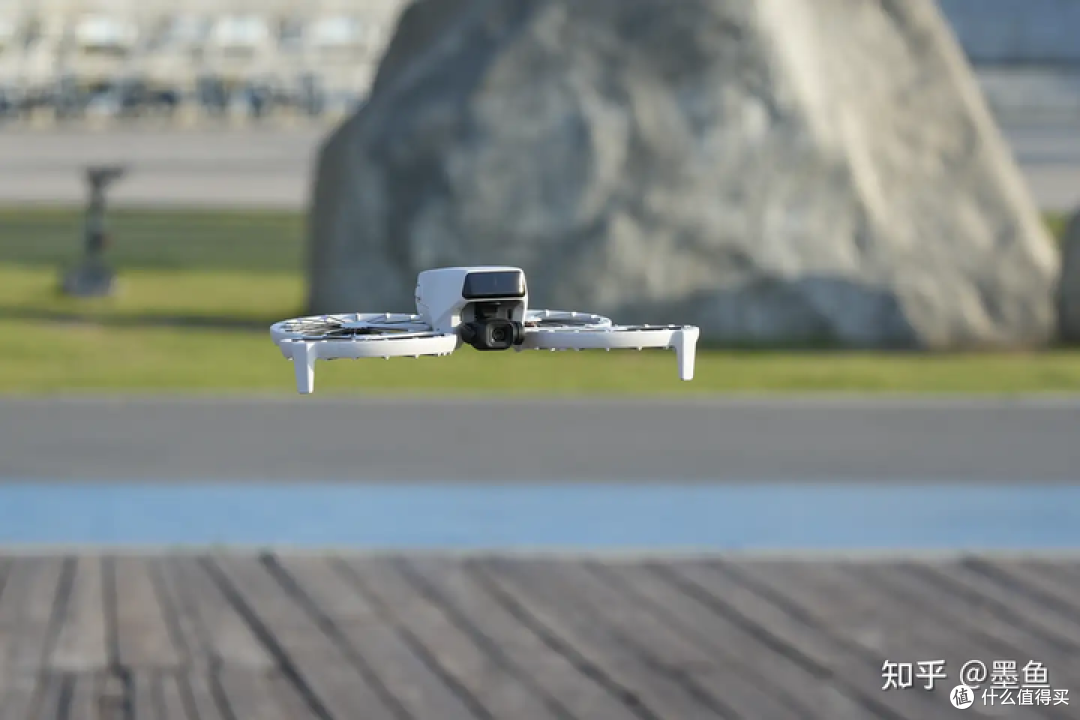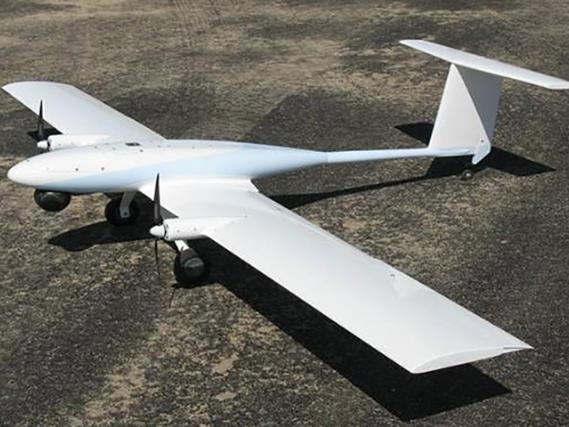In today’s rapidly evolving technology landscape, drones have emerged as a pivotal tool not only for recreational use but also for professional applications ranging from photography to surveillance. As these unmanned aerial vehicles take to the skies, understanding the crucial guidelines and maps depicting the permissible airspace becomes quintessential. Let’s dive into the world of drone airspace maps , ensuring safe and compliant flights.
, ensuring safe and compliant flights.
Understanding Drone Airspace Maps
Drones, equipped with GPS and advanced capabilities, offer unprecedented freedom of movement. However, with this freedom comes the responsibility of adhering to airspace regulations that govern where and how drones can fly. Drone airspace maps serve as a vital resource, displaying clearly demarcated areas where drone activity is allowed, restricted, or prohibited.
Why Are Airspace Maps Important?
Airspace maps are essential tools for drone pilots to prevent violations and ensure safety. They include details about restricted zones near airports, military installations, and national parks. Unauthorized drone flights in these areas not only pose security risks but also attract hefty penalties.
The Structure of Airspace Maps
The airspace maps for drones are divided into different classes such as Class A, B, C, D, E, and G, each suggesting varying levels of regulations. Class G, for instance, is generally recognized as uncontrolled airspace where drones can typically operate freely. In contrast, Classes A to E are progressively more regulated, requiring permissions or adherence to strict guidelines.
Incorporated into these maps are specific flight paths, altitude permissions, and time restrictions, making it imperative for drone pilots to study them carefully before any flight. Due to the dynamic nature of airspace regulations, accessing up-to-date maps through official channels or dedicated apps is recommended.
Tools and Resources for Staying Compliant
Several platforms and applications specialize in providing comprehensive airspace maps for drone pilots. Popular among them are AirMap, Kittyhawk, and Skyward, each offering unique features such as real-time alerts and weather conditions in addition to airspace boundaries.
More so, government websites provide downloadable maps and guidelines detailing regional restrictions, no-fly zones, and necessary permits. Regular updates ensure that drone operators have access to the most current information.
Advancements in Drone Mapping Technology
Innovations in technology continuously enhance the quality and accuracy of drone airspace maps. Artificial intelligence and machine learning are progressively being integrated to predict potential hazards and optimize flight paths, ensuring a seamless user experience.
These future-forward technologies aim to not only protect but also empower drone pilots, giving them the tools needed for safe, efficient, and compliant flights.
FAQs on Drone Airspace Maps

- What happens if I accidentally fly into a restricted zone?
- Accidental entry into a restricted zone can result in legal consequences and fines. Immediate return to permissible airspace and notification to local authorities is advised.
- How can I find the latest airspace maps?
- Access the latest maps through certified apps like AirMap or check your country’s aviation authority’s website for official updates.
- Can drone airspace maps help avoid bad weather conditions?
- Yes, many maps offer integrated weather updates, helping pilots plan flights around meteorological hazards.
Embracing the world of drone airspace maps provides the confidence to soar the skies legally and securely, mitigating risks and enhancing the overall flight experience. As drones continue to grow in popularity, staying informed about airspace regulations will ensure that flights remain enriching and trouble-free. Safe flying!